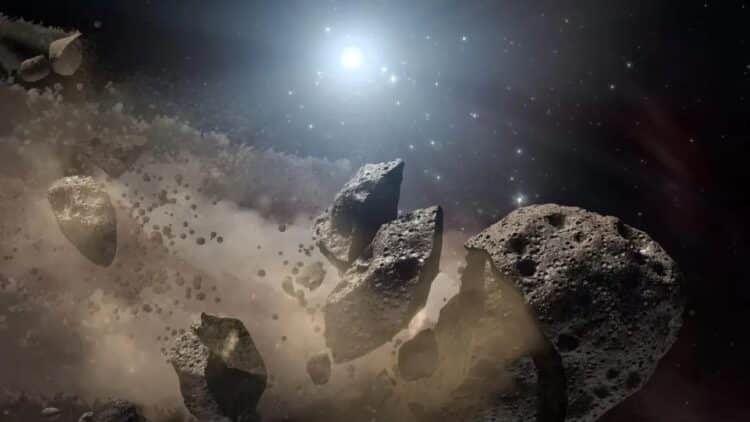Imagine waking up and reading in the newspapers that there’s a cosmic rock floating through space with an estimated wealth of $700 quintillion. In practical terms, that would be enough to provide every human being on the planet with about $93 billion. It sounds like science fiction or a Hollywood script, but this news is based on reality or astronomy. NASA is indeed preparing to explore a celestial body that many call “the largest vault in the universe.” The question lingers: will this make us richer?
The paradox of cosmic wealth
The first natural reaction is euphoria. After all, we’re talking about an amount that would dwarf any current billionaire on a cosmic scale. Reality soon sets in: the economy doesn’t work like a treasure chest that you simply open and divide. The logic is simple: when a resource becomes too abundant, it ceases to be valuable. Journalist Noah Smith summed this up:
“Wealth mostly doesn’t come from big hunks of metal. It comes from the ability to create things that satisfy human desires.”
Having the metal isn’t enough: you need to know how to transform it into real value. And here’s another revelation: the object attracting so much attention is the asteroid 16 Psyche, located between Mars and Jupiter. It is gigantic, approximately 226 km wide, and contains iron, nickel, and gold in proportions never before seen.
Beyond cosmic treasure: will Psyche rewrite the story of how planets are born?
Contrary to popular belief, NASA isn’t planning a cosmic loot to enrich Earth. In fact, the Psyche mission has much more ambitious and scientifically interesting objectives. First, Psyche may be the exposed core of a primitive planet. This means it holds secrets about how worlds like Earth formed billions of years ago. Understanding its composition, magnetic field, and structure could rewrite chapters in our own planet’s history.
Second, this is the first time NASA has sent a mission to study a metallic asteroid in depth. Until now, most space targets were made of rock or ice. With Psyche, we’re entering a new phase of space exploration. We must not forget that technological innovation is also involved. We’re talking about the module launched in October 2023 aboard a Falcon Heavy, which carries not only cameras and magnetometers but also an experimental laser communication system. When operational, it could pave the way for high-speed data transmissions between Earth and Mars (reminding us of that highway to Mars in the Solar System), a crucial advance for the future of space exploration.
When abundance kills value: will Psyche prove that knowledge is the real gold?
Psyche teaches us something that goes beyond astronomy. It’s a reminder that value is relative and that wealth depends more on creativity than on raw resources. Gold, for example, is worth so much because it’s scarce. If there were suddenly too much gold, it would lose its economic luster and become merely a beautiful metal, useful in some industries but incapable of revolutionizing everyday life.
It’s the same logic as diamonds. Once extremely rare, they would lose value until De Beers created a monopoly and, above all, an advertising narrative. The famous slogan “A Diamond Is Forever” convinced generations that a diamond is an eternal symbol of love, and this symbolism was more valuable than the stone itself. With Psyche, it’s unlikely a campaign would be capable of sustaining the value of tons of gold dumped on the market. But the knowledge generated by its exploration could be worth much more. And while we’re on the subject of diamonds, we can’t forget to mention the first-ever diamond solar cell in history.


